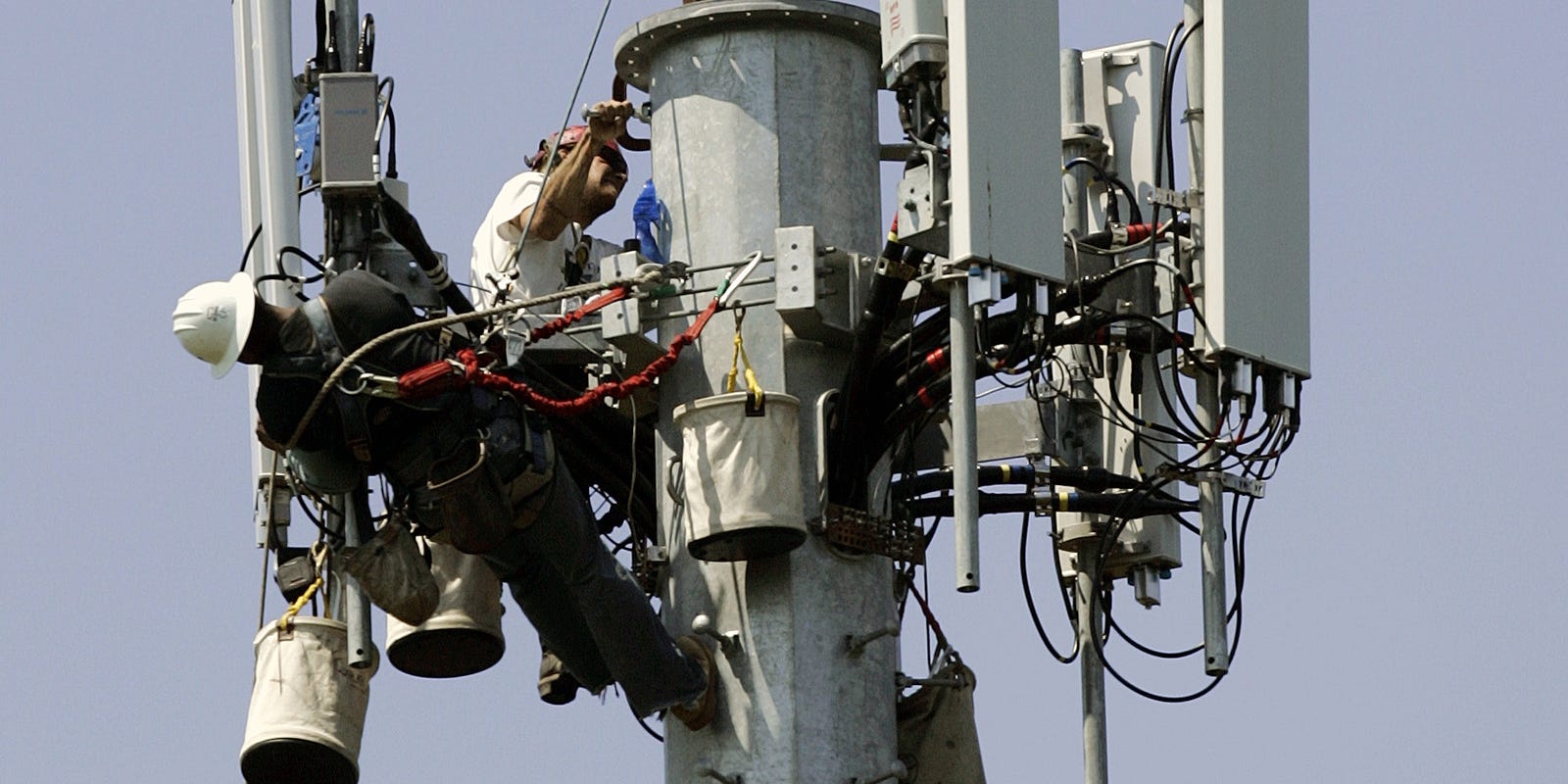If you've ever been through a town and spotted tiny 5G cell towers on the poles of street lights. They look like little boxes however, they're actually transmitting wireless signals from mobile providers to your phone.
These smaller towers are replacing the larger specially-designed cell towers. While they're less noticeable, they still can cause problems for people.
what is a safe distance from a cell tower is the of the FCC's Radiation Exposure Thresholds
The FCC's Radiation Exposure Thresholds determine the safe limit at which one can expose to electromagnetic radiation from wireless devices. The exposure limits are based on research which show that the energy of RF can cause harm to health.
The rate of absorption called the specific absorption rate (SAR) is an indicator of the amount of radiofrequency energy absorbed by tissue. what is a safe distance from a 5g cell tower 's usually 1.6 Watts per kilogram averaged over one gram of tissue.
But, since 5g operates at higher frequencies, it has the potential to create more energy on the skin and other exposed body areas. This could result in a wide range of possible harms, like the development of skin diseases such as dermatitis, cataracts, and skin cancer.
Due to the possible severe effects of 5g radiation, PSU has chosen to establish a general, localized power density limit of 4 mW/cm2 measured over 1 cm2, and not to exceed 30 minutes for all 5G services at 3000 GHz. This localized limit is consistent with the highest SAR spatial-average of 1.6 W/kg averaged over 1 grams of tissues at six GHz.
The FCC's Maximum Exposure Thresholds
If you've ever operated a cell phone, you probably know that the safest range from the tower is at least 400 meters away. This is due to the power of the transmission of the cell tower is significantly increased the further away your location from the tower.
While this sounds like an ideal idea but the truth is that people who live close to towers might be more prone to health problems. For instance, a study conducted in 2014 in India discovered that people who lived within 50m of cell towers experienced much more health problems than those who lived farther far from antennas.
However, this study also showed that residents who moved into areas farther away from cell towers experienced their symptoms return to normal within a couple of days. Another study has demonstrated that exposure to extreme frequencies of radiofrequency electromagnetic fields (EMFs) can lead to brain tumors, cancers, and other health problems.

safe distance to live from cell phone tower is due to the fact that RF radiation, which is utilized in wireless communications, may penetrate the human body's outer layer of skin. It is crucial to know because the skin acts as a shield against injury to the body, infection caused by pathogenic microorganisms and the entry of harmful substances. Additionally, it is the most important organ in the human body and is accountable for protecting other organs.
The FCC's Minimum Exposure Thresholds
The FCC's Minimum Exposure Thresholds are based on several assumptions that are not supported by evidence from science. These include the erroneous assumption that exposures to RF radiation are safe due to the limited absorption into body (i.e. the heating of tissues).
This assumption does not take into account the deeper penetration of the ELF parts of modulated RF signals and the consequences on the body of short bursts caused by RF pulses. These assumptions are not in line with current understanding of the biological effects of RF radiation. As such they shouldn't be relied upon for health-protection exposure guidelines.
In addition, the ICNIRP and FCC are limiting their exposure limits to local peak SARs, based on the maximum speed of spatial absorption (psSAR), which can be described as not a reliable dosimetric instrument to assess the amount of exposure to RF radiation. In particular the psSAR tool is not accurate for frequencies above 6 GHz. In addition, psSAR is not been evaluated for RF radiation exposed to other environmental agents such as sunlight. Interactions of RF radiation with other environmental agents may produce synergistic or antagonistic effects. This could result in an increased risk of negative health consequences. For example, co-exposure to RF radiation with sunlight may increase the risk of skin cancer, and may also exacerbate other skin disorders, such as acne.
